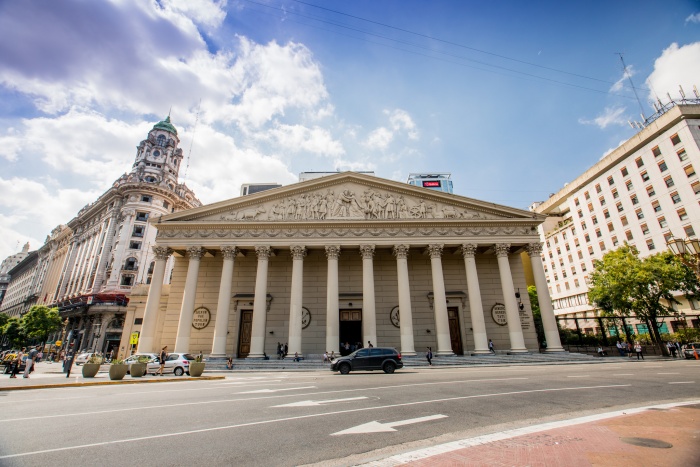
Breaking Travel News investigates: Buenos Aires, Argentina
Has there ever been a better time to visit Buenos Aires?
With Norwegian offering daily, low-cost, long-haul flights out of London Gatwick, it has never been cheaper to make the journey down to Latin America.
At the same time, recent political developments have made the country cheaper for international travellers.
Following a surprisingly strong showing from former populist president Cristina Fernández de Kirchner in recent primary elections, markets took fright.
The Argentine peso has since fallen to around 65 to the British pound, down from around 20 just two or three years ago, making now a great time to visit.
While this has undoubtedly been painful for Porteños, as local residents are known, an influx of guests is set to alleviate at least some of the economic hardship.
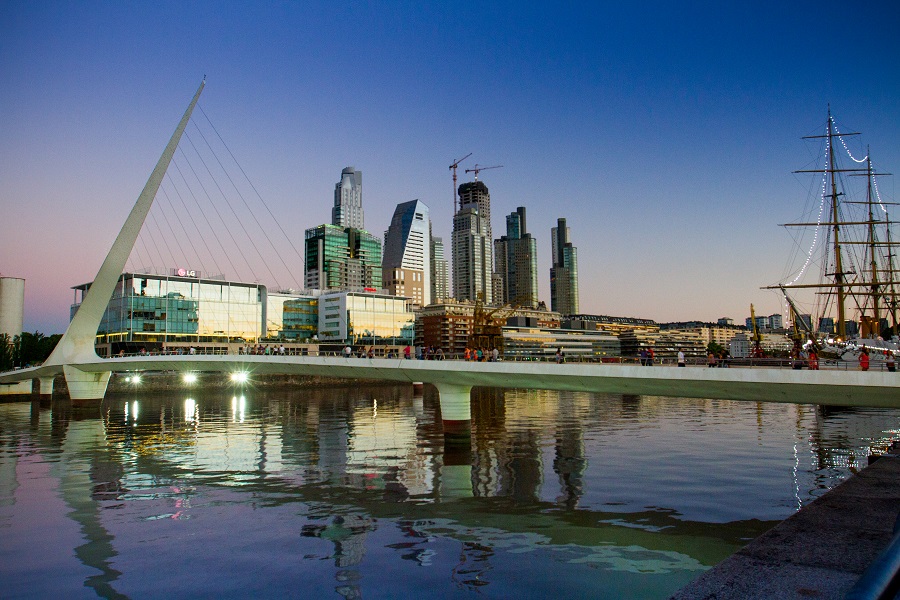
With this in mind, I was delighted to be offered a last-minute trip to the Argentina capital this month.
Officials in the city are seeking to grow the British market, and have recently taken on representation here in London.
Lotus PR will support the ‘We are Porteños’ campaign, aiming to widen the appeal of the city beyond just steak and tango to showcase the people that have helped shape its vibrant identity.
The campaign seeks to highlight key tourism pillars such as art, literature, food, and nightlife; driving the awareness of Buenos Aires in the UK, while simultaneously supporting the travel industry to strengthen the links between the two destinations.
With only 110,000 British travellers arriving in Argentina last year, according to figures from the Foreign & Commonwealth Office, from a total of over ten million, there is certainly scope for further growth.
Many other visitors to Argentina come from Canada, the United States and surrounding Latin American markets, principally Brazil, as well as Spain and, in smaller numbers, other European countries.
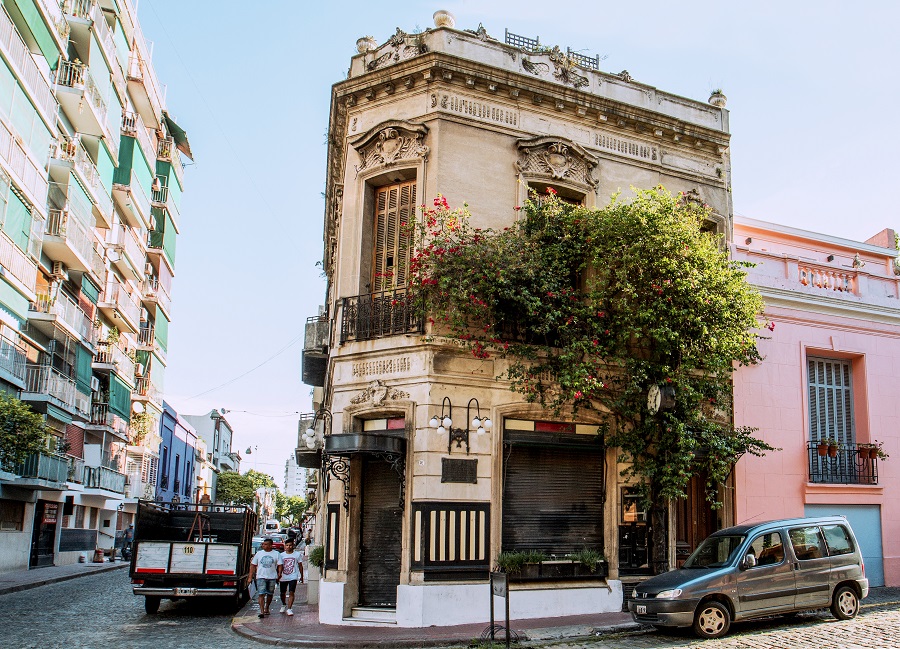
Rushed as always, I had little time to prepare for the trip.
However, using the free gate-to-gate Wi-Fi on-board the new Norwegian Boeing 787-9 Dreamliner, I was able to take a moment to investigate what was on offer.
After the 13-hour journey I was more than ready to disembark at Buenos Aires Ezeiza Airport, around half an hour from downtown.
With no visa required, I was through the formalities and out into the arrivals hall with the minimum of fuss.
There was also not a flicker of interest from the immigration officer at my British passport – reassuring given the history of animosity between the two countries.
Uber is on offer in the city, as well as trustworthy local taxis and a number of reputable bus companies, making it easy to get into the city proper.
I had been warned before departure of possible security concerns, but both at the airport and throughout my brief stay, I saw nothing of concern.
That is not to say it is not necessary to take precautions, but if travellers follow the normal rules they would anywhere in the world, staying off the streets late at night, for example, Buenos Aires is relatively safe.
That said, it does cost around £10 to make a withdrawal from an ATM – a robbery in itself – so take US dollars where possible and convert them to pesos on arrival.
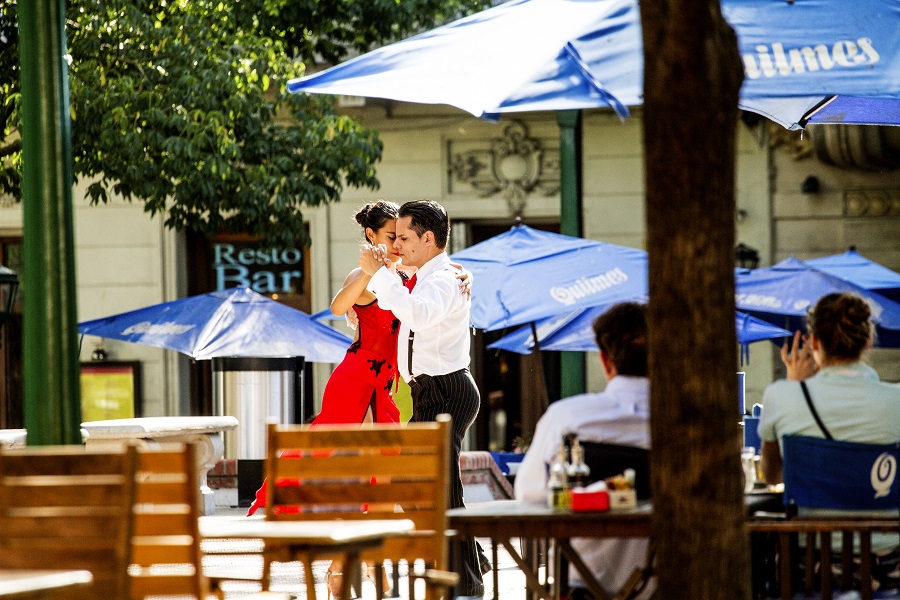
Considered by some as the best Latin American city to live in, Buenos Aires is made up of small, highly-individualised neighbourhoods, each with its own characteristic colours and style.
Given our short time in the city, we elected San Telmo as our base, one of the more touristy spots.
Filled with pop-up art galleries, late-night bars and street murals, it has a thoroughly bohemian vibe and is a great base for those travellers looking for a good time.
Lined with antiques dealers and raucous steakhouses, it is home to Bebop, the coolest jazz club in the city, as well as countless other bars to match all budgets.
To the north, Recoleta is known as a strollable, affluent area filled with Paris-style townhouses, lavish former palaces and posh boutiques.
Here you will find both the Four Seasons and Palacio Duhau - Park Hyatt, the two finest hotels in the city, or at least the most expensive, while the area has a sedate, European charm.
Between the two is Monserrat, which bustles with tourists and government officials.
For those truly in the know, Palermo is the local equivalent of Brooklyn in New York or Peckham in London; the hippest area, with large, recently renovated warehouse spaces.
We were lucky enough to stumble on Vico during our exploration of the area – a cutting edge wine bar, with bottles arranged in a vending machine format.
Guests can enter their debit card, select one of the dozens of vintages on offer and enjoy at their own pace – pared with exquisite food, the location is a must for any self-respecting oenophile.
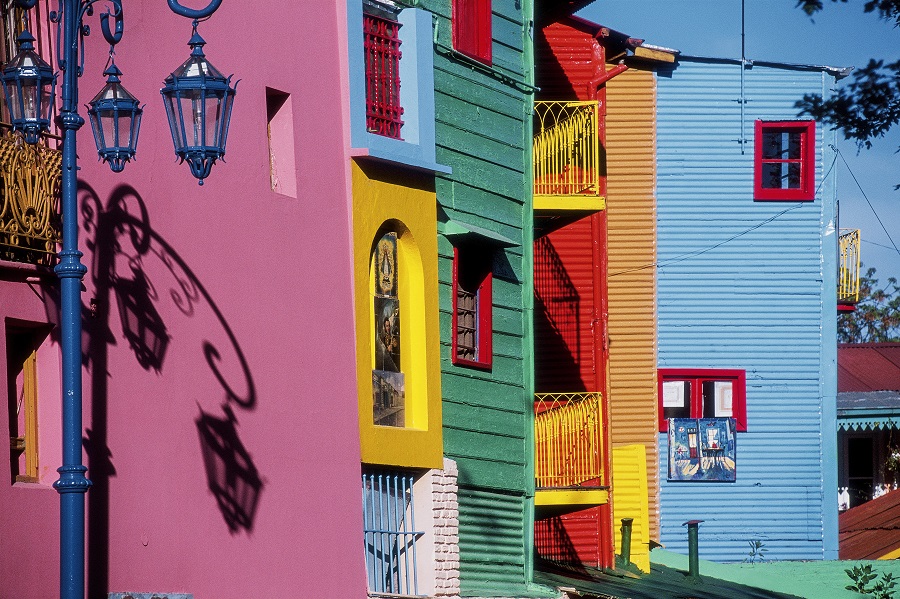
With that grounding in place, we had a few days to see as much as possible.
Famous as the birthplace of tango, the city is also home to world-class opera, theatre and art, well-preserved European-style architecture and native traditions, as well as to restaurants that overflow with wine from Mendoza and cuts of beef fresh from the Pampas
As such, our first stop was the Teatro Colón – hardly original, but also virtually obligatory.
Designed by Francesco Tamburini, Victor Meano and Jules Dormal, and built over 20 years, the theatre opened in 1908 and went on to host some of the most important conductors, singers and dancers of the twentieth century.
It reopened to the public in 2010 following an ambitious restoration and renovation project undertaken by the city government.
For around 1,500 pesos (£22) connoisseurs of ballet, opera and much else can bag their seats in the front row – a frankly ludicrously low-price.
We enjoyed a performance of La Sylphide, but the programme is varied and wide-ranging throughout the year.
Close by is the El Ateneo Grand Splendid – considered one of the most beautiful bookshops in the world.
Converted from a theatre in 2000, beautifully preserving the original decoration, including the dome, which was painted with frescoes by Italian Nazareno Orlandi, it is now home to tourists and bibliophiles in equal number.
The location stocks around 120,000 books and there is a bar on what was the stage area of the theatre, where you can drink a coffee while reading or snapping that all-important selfie.
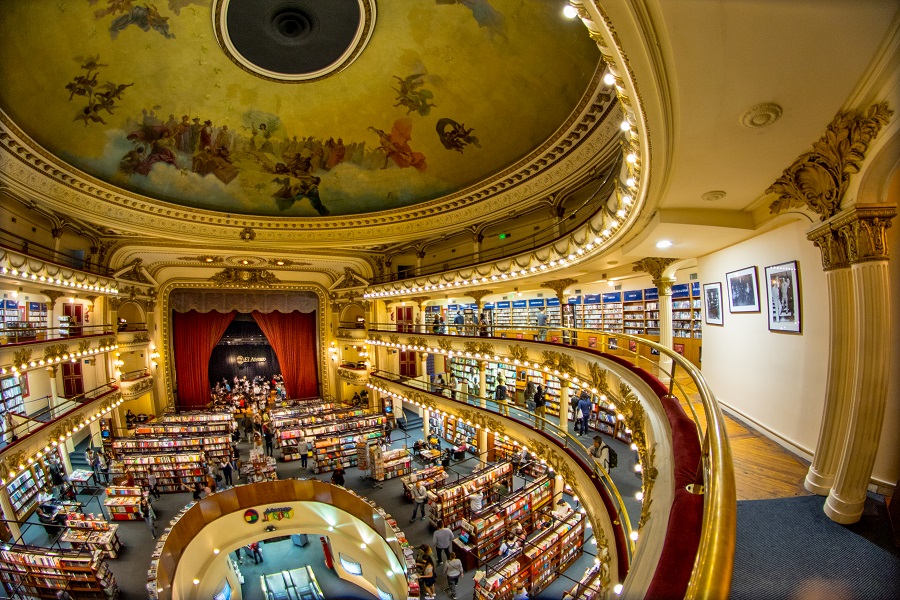
Given the lasting impact of Madonna on the British psyche, many visitors to Buenos Aires are keen to pay a visit to the grave of Eva - ‘Evita’ - Perón.
Perón was born a century ago in 1919 in the rural village of Los Toldos, before moving to Buenos Aires in the 1930s.
She had some success as an actress before marrying in Juan Perón in 1945, who became president of Argentina the following year.
Perón used her influential position as first lady to fight for women’s suffrage and improve the lives of the poor, becoming an iconic figure around the world along the way.
Following her death, she was interred at the famous Recoleta cemetery, known for its 6,400 imposing statues, sarcophagi, coffins and crypts commemorating some of Argentina’s most celebrated sons and daughters in a labyrinthine city of the dead.
Today, a respectful trickle of visitors makes the macabre journey among the towering tombs.
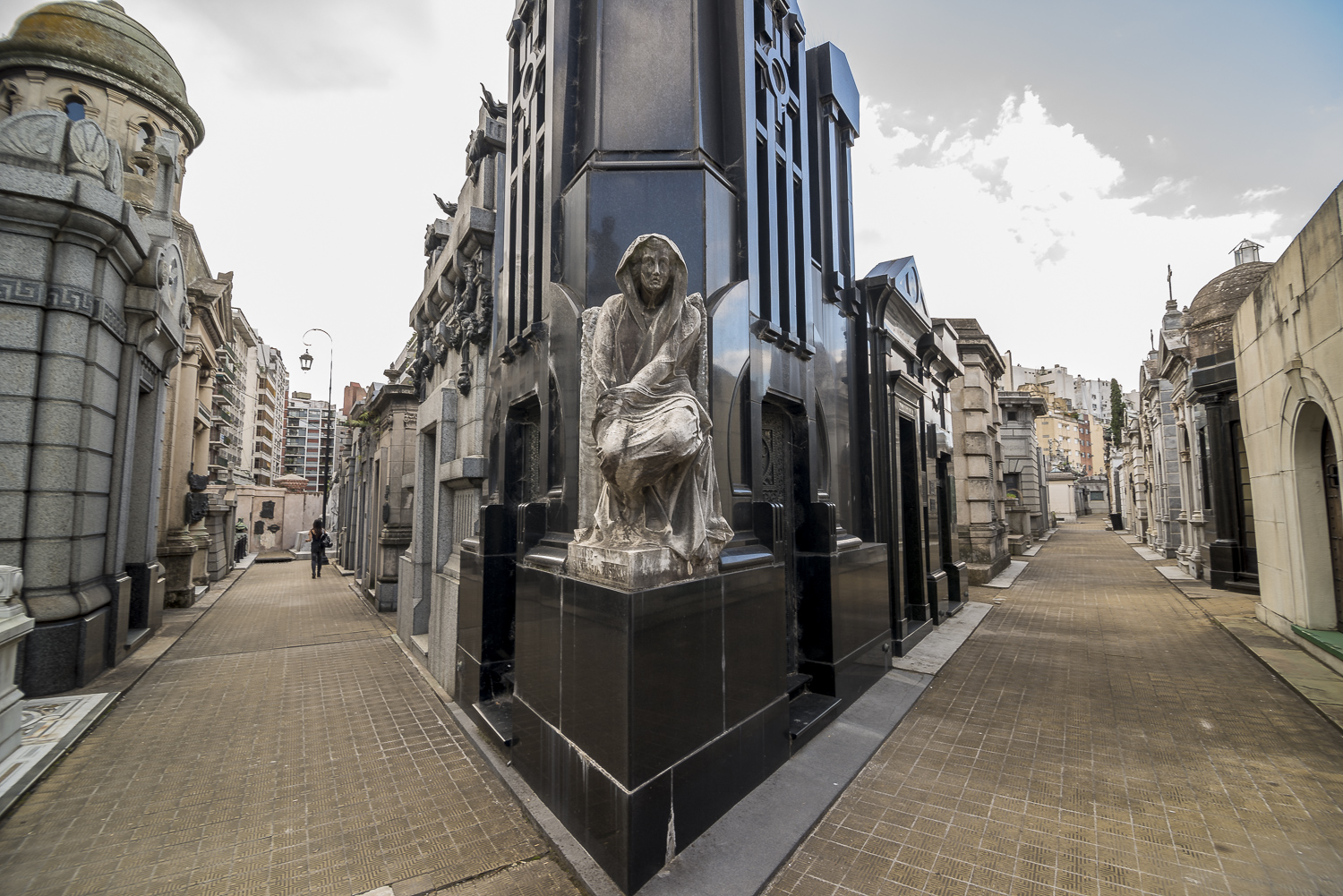
But, away from these must-see locations, Buenos Aires benefits from its European heritage.
We were able to wander from one district to the next, keeping an eye out for those out-of-the-way places that make any travel worthwhile.
Stumbling into El Establo, we were treated to the best steak I have ever tasted.
Obviously, Buenos Aires is known for its fine steak, but it really has to be tasted to be believed – this is one of the few times when the genuinely best in the world is within reach.
Our 1,000-gram t-bones were showcased at the table before being handed over to the chef, who cooked as we watched on.
There is a real sense of ceremony to fine dining here, but respectful of the food, rather than stuffy and mannered.
With a fine bottled of Malbec priced at around 200 pesos (£4) it is also easy to celebrate.
As the price of oil continues to rise, driving up plane ticket prices, red meat coming under pressure for its environmental damage and the Argentine economy surely unable to fall much further, this nexus of opportunity is also unlikely to last long - book while you can!
More Information
Norwegian flies to Buenos Aires, capital of Argentina, daily from London Gatwick Airport with prices starting from £250.
Find out more on the official website.
To find out more about visiting Buenos Aires, head over to the official tourism website here.
Chris O’Toole
Image courtesy: @travelbuenosaires

